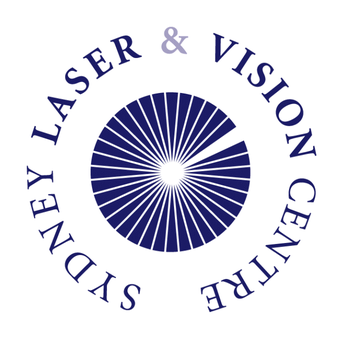Everything you ever wanted to know about eyelid reduction surgery… but were too afraid to ask
As you mature, the skin around your eyelids may become loose and baggy. You might find this undesirable, and in extreme cases, it can partially block your vision. Eyelid reduction surgery, also known as blepharoplasty, can resolve both problems.
Eyelid reduction is one of the most common eye surgery procedures. So why should you do it, what does the surgery involve and what are the risks? In short, what is everything you need to know about eye lid reduction surgery?
Deciding to have surgery
Before you decide whether to have eyelid reduction surgery, talk to an eye surgeon, such as Sydney Laser & Vision Centre Ophthalmologist Dr David Robinson, and make sure you have all the facts you need to make an informed decision. Dr Robinson will discuss your expectations of the procedure and its risks and benefits.
Eyelid reduction surgery is elective, which means it can be scheduled in advance. Remember that not everyone will get the same results from this procedure, but most patients are more than pleased with the results after surgery with Dr Robinson.
Preparing for surgery
Once you’ve decided to have surgery, you’ll be asked to sign an informed medical consent form. You’ll also need to provide your full medical history. In particular, you’ll need to tell Dr David Robinson if you’ve had:
· an allergy or bad reaction to antibiotics, anaesthetic, or any other medicine
· prolonged bleeding or excessive bruising after injury
· any long-term or recent illnesses
· previous eyelid or facial surgery
· dry eyes, use of eye drops or visual disturbances
· use of glasses or contact lenses
Dr David Robinson will advise you not to take any blood thinners, such as aspirin or anti-inflammatory medicines in the 10 days leading up to your surgery. These can increase your risk of excessive bleeding during or after the procedure.
If you’re a smoker, it’s best to avoid smoking for at least two weeks before and after the procedure, as smoking can increase the risk of the surgery and slow your healing. Smoking also increases your chances of eye disease and permanent loss of vision (be sure check out our previous blog post about that topic here).
Dr David Robinson will let you know if you need to undergo any tests before your surgery.
On the day of the procedure, arrange for someone to drive you to and from the hospital.
What the surgery involves
Eyelid reduction surgery can involve treating the upper lid, the lower lid or both. It can be performed with either a general or a local anaesthetic—Dr Robinson will let you know which is most suitable for you.
The operation can take between one and three hours. Surgery on the upper eyelid involves carefully removing the excess skin that droops over the upper eye and removing or repositioning excess fatty tissue.
As much as possible, Dr Robinson will make incisions in your skin’s natural folds so that fine scars are less visible.
It’s important to remember that eyelid reduction surgery won’t remove dark circles or fine lines or fix droopy eyebrows—cosmetic procedures such as facelifts or browlifts can address these issues.
Recovering from surgery
The discomfort caused by eyelid reduction surgery is generally mild and limited to the incision areas around your eyes. Immediately after your surgery, you can drink fluids and eat a light meal.
You may need to take pain-relief medication for a few days. Sleeping with your head elevated and using a cool compress/ice pack over your eyelids can help relieve bruising and swelling, which should subside in two to three weeks.
You may find that your eyes are sensitive to light for a several days after the surgery, so wear sunglasses, a hat and sunscreen when you go outside to protect them. (Of course, it’s always a good idea to slip, slop, slap!)
You can resume your normal daily activities within a few days of surgery, but avoid smoking, strenuous physical activity, or excessive alcohol. Don’t wear contact lenses for at least two weeks. You may even want to take at least off face-to-face work. You can still work from home.
You’ll generally return to see Dr David Robinson one week after your procedure so that he can give you a check-up and answer any questions you may have.
A couple of months after your surgery, you should be fully recovered. People who haven’t met you before will probably never know you have had your eyelids reduced. And as for those people that have known your forever? Well they may just wonder why you are looking so good lately…
Potential risks
Most patients who undergo eyelid reduction surgery don’t experience any complications. However, all surgery has risks. These are some potential complications of eyelid reduction surgery:
· pain and discomfort
· temporary swelling and a tight feeling around the eyes
· bruising that persists for two to three weeks
You should discuss any specific concerns you might have with Dr Robinson.
Want to know more? Contact us or call 1800 25 20 20 today to find out how Ophthalmologist Dr David Robinson and the rest of the team at Sydney Laser & Vision can help you see better and achieve the eye lids you’ve always wanted.
